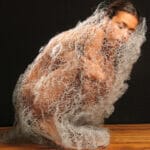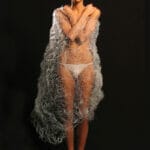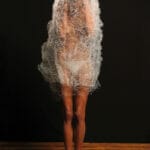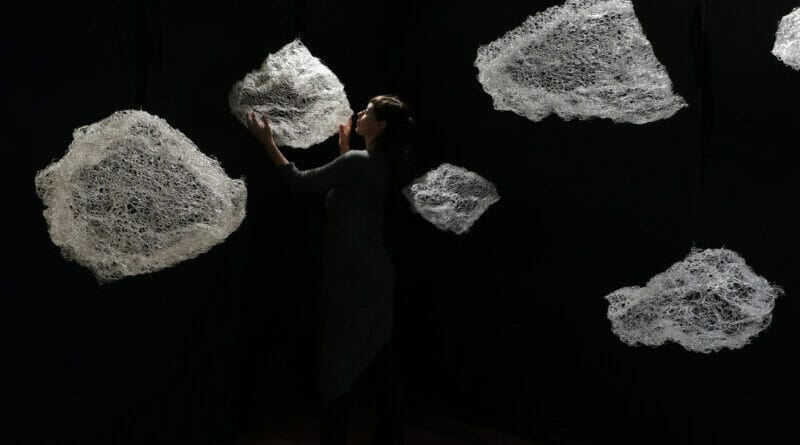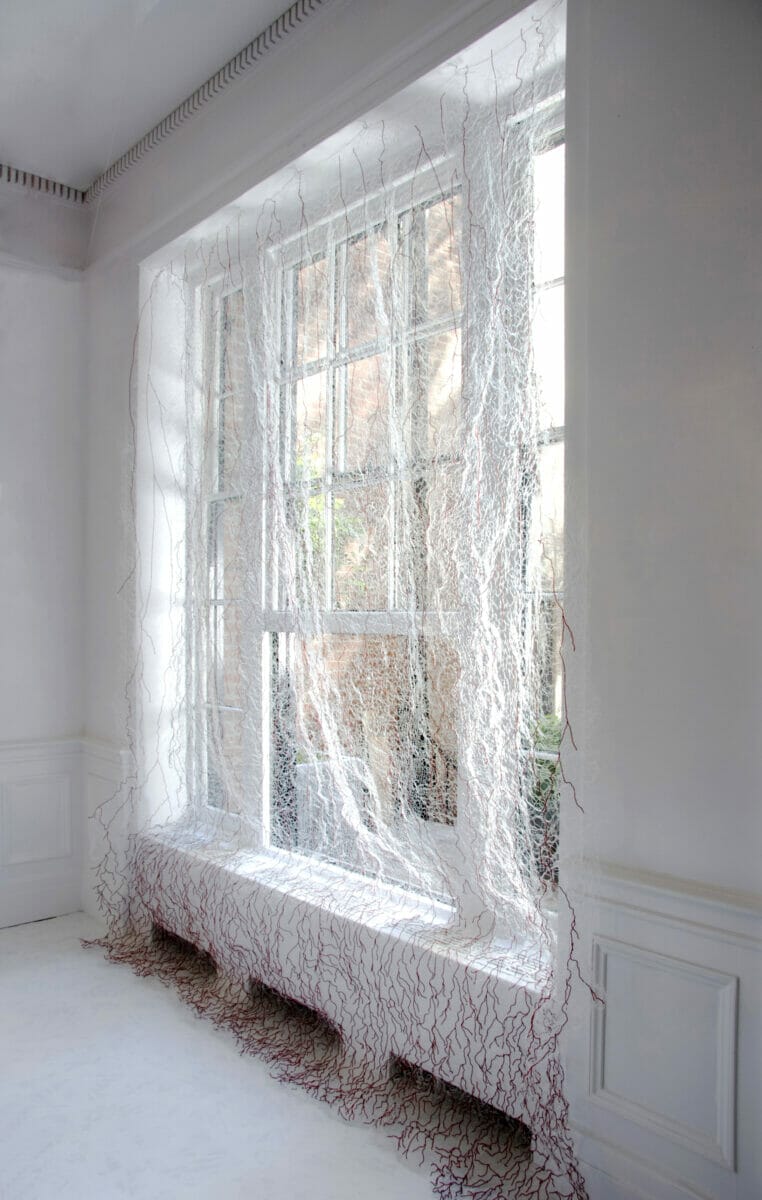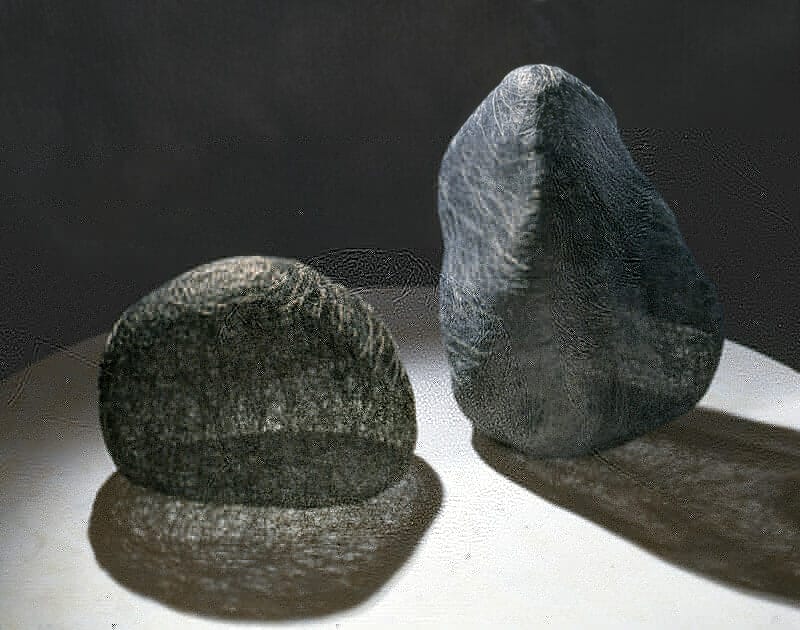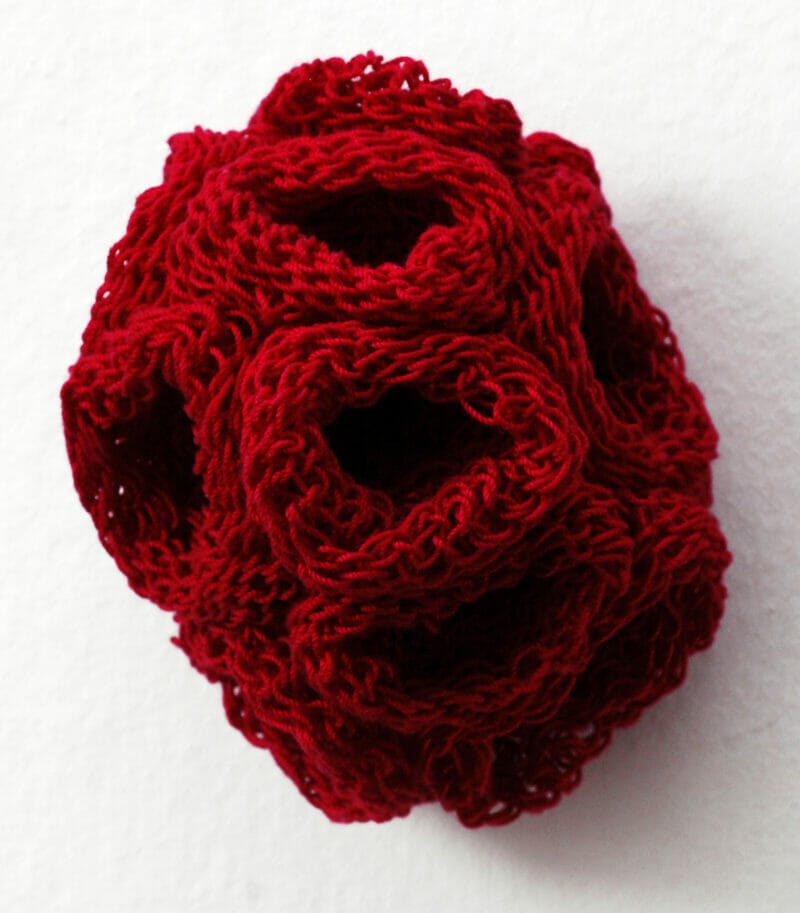ANGELICA BERGAMINI
Among the artists who will exhibit as part of Follow the thread, a widespread project of contemporary fiber art divided into various events in New York city promoted by ArteMorbida in November, there is also Angelica Bergamini, visual artist and color therapist of Italian origin but who has been living and working in the American metropolis for years now.
After spending her academic years in Spain at the Faculty of Fine Arts of the University of Granada and at the Museo Nazionale Centro de Arte Reina Sofia in Madrid, Bergamoni graduated with honors in Painting at the Academy of Fine Arts in Florence (Italy ). Having recently obtained a Master’s degree in Partnership Studies and Shamanism at the University of Udine (Italy), she has deepened her interest in the work of cultural historian Riane Eisler by exploring the psychological, sociological and anthropological foundations of traditional Shamanism.
Her work has been exhibited in the United States, Europe and China: C24 Gallery, Tanja Grunert, Lehman College Art Gallery, Ivy Brown, White Box, BRIC Arts Media (NYC), Torrance Art Museum (Los Angeles), Chelsea Space (London), Galerie Arnaud Lefebvre (Paris), Färgfabriken (Stockholm), Pari&Dispari (Milan and Reggio Emilia) and at Kwai Fung Hin Art Gallery (Hong Kong). Her personal exhibition at MuSA, Museum of Sculpture and Architecture of Pietrasanta, Italy, recently ended.
What does being an artist mean to you?
Making art is trying to give shape to something you don’t yet know, representing in the sense of making something visible. The artist is a mediator between worlds—a translator sitting where the inner and the outer world meet.
My work expresses how I experience the world within and around me, with its beauty and imbalances. As Joseph Campbell says, you need to go deep into the personal unconscious to meet the unconscious of all society and go through the personal to reach the transpersonal.
For me, the artist’s studio is a space-time that holds a sacred environment from the flow of experience in everyday life in which the dimension beyond can be grasped and experienced.
What are the areas of investigation of your artistic research?
Cross-cultural studies and an interest in philosophy and psychology guide my artistic research, crossing between aesthetic and ethical values. Considering my work as visual poetry, I conceive art as a bridge between contemplation and action and my work as a meditation on the search for balance between the inner and outer world.
I am interested in the world of the archetype, and the energy that emanates from it, questioning what’s beyond the conscious mind, living my artistic research as an exploration of the reservoir of knowledge that the unconscious represents while researching the relationship between the personal and collective unconscious. I rely on imagery and practice rather than theory to bridge the unconscious and conscious mind, ultimately searching for a holistic view of the self and the world.
Visual Artist, color therapist, interested in shamanism: how do these different souls of yours combine in your research?
Curious about Eastern religions since I was very young, I began studying yoga in the late ’90, just after graduating from the Fine Art Academy in Florence. A few years later, fascinated by the psychology and symbolism of colors, I started training as a color therapist. Then, having formed an awareness of the subtle bodies through pranayama and meditation, I continued learning by becoming a Usui Reiki Master, always interested in subtle sensory awareness.
The interest in shamanism was an obvious consequence. Western culture, through its individualistic perspectives, perceives the human being and the cosmos as two distinct entities reinforcing a belief system in which the human subject operates on an object world, unlike those cultures oriented by a system in which the human being is always part of a whole.
This view, which sees us as part of a living and pulsating being in which we are constantly immersed and in a relationship, is practiced in shamanism, an ancient and universal spiritual modality.
For Joseph Campbell – a mythology scholar and a great source for my research – artists can act as shamanic figures as long as their commitment, abilities, and inspiration are experienced as a gateway to a deeper understanding of life and its intrinsic sacredness.
Because artists like shamans – as Campbell says – can tune themselves to the sound of the universe.
The historian of religions, Elémire Zolla, thus defines the task of art:
“Once, the therapeutic function of the shaman was conceived as a whole with the poetic, the musical, and the theatrical process in general: once no distinctions were made, art had to heal. An art that could not heal was considered useless and regarded as a waste of images that served no purpose. So the question is not why the shaman aims to cure, but how can one produce art without intending healing as its aim? “.
Thanks to Prof. Antonella Riem, who created the Master in Partnership Studies and Shamanism at the University of Udine (Italy), an extraordinary container of experiences, I got a glimpse of the powerful work of shamans coming from all over the world who shared with us (the students of the Master) their knowledge and wisdom. Shamans have an empathic view of the planet because they operate in a culture of care, believing in a web of interdependency.
These studies and interests inform my experience of the world. Since I do not see a separation between art and life, I aim to live the creative process as a spiritual practice in service of an awakening state of interdependence.
Among the plurality of materials you use is the cotton thread for works such as SOSPIRI and RESPIRANDO, iron for STONES, and fishing for projects such as COCOON, CLOUDS, and FOG. Does thread as a material also have an intrinsic conceptual value in your art, or is it exclusively a technical choice?
I choose the material based on its characteristics and what I want to convey with my sculpture. My choice of thread is both technical and conceptual.
The sculpture Respirando (Breathing), my representation of the movement of breath within the body, with its color, expresses life, passion, and warmth in Sospiri. Added to the symbolism of the color, I chose an organic material, such as cotton, for its softness.
With Clouds and Fog, I was looking for a material that could give me the visual presence of the untouchable consistency of these natural elements, also mutable to the light. In Cocoon, the monofilament represents something ideally fragile but, at the same time, a robust protective shield, given the resilience of this material. Visually delicate yet very strong.
I once read something by the writer and scholar Erika Maderna that resonated with me; the writer says that weaving (in my case, spinning threads and knitting them) is about telling life. With the gesture, the ceremony of repetition, and the constant vibration of movement.
